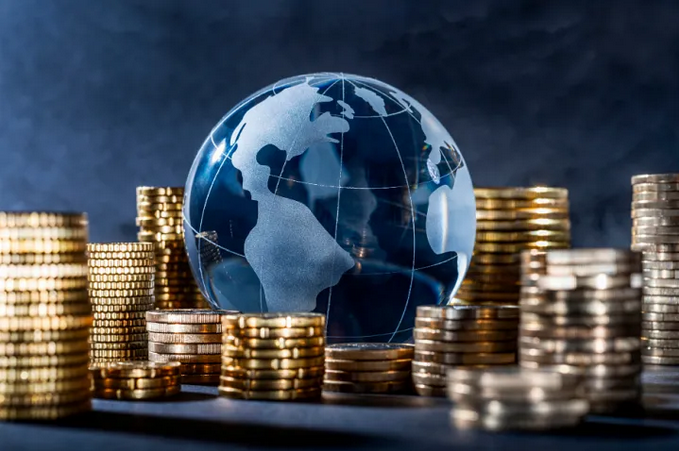Foreign Direct Investment (FDI) plays a crucial role in influencing the economic paths of developing nations, acting as a catalyst for progress and employment. By injecting capital, technology, and expertise, FDI can drive industrialization, boost productivity, and create jobs though its impact is shaded and reliant on structural factors in host economies.
Economic Progress: FDI pays to economic progress by connecting capital gaps and fostering technological advancements. For example, in 2023, global FDI summary to a record $41 trillion, with emerging economies like India, Mexico, and Brazil experiencing over 20% growth in inward investments, prompting industrialization and infrastructure development. Middle-income countries, in particular, benefit significantly: a 1% increase in FDI correlates with a 9.3% upsurge in GDP, driven by expanded production scales and technology transfers. Though, in 2024, global FDI experienced a decline, with some reports indicating a fall of 2% to $1.3 trillion.

However, the link between FDI and growth is not automatic. The World Bank notes that FDI’s effectiveness centers on complementary factors like human capital and financial insight. For instance, participation in global value chains (GVCs) strengthens FDI’s impact, enabling developing nations to integrate into high-productivity sectors, though often limited to low-value-added activities without robust skill development.
Employment:FDI directly creates jobs through greenfield projects such as new factories and indirectly via spillovers to domestic firms. In Vietnam, FDI driven enterprises outperform local firms in job creation, particularly in the formal sector, which is critical for transitioning workers from informal, low-productivity roles. However, the employment effect varies by FDI type: mergers and acquisitions may displace workers, while capital intensive automation (e.g., industrial robots) can reduce labor demand despite boosting productivity.

Sectoral focus also matters. Renewable energy and tech industries attract high-value FDI, whereas labor-intensive manufacturing faces risks from automation and shifting trade policies. For example, U.S. tariffs redirected export-oriented FDI from China to Southeast Asia and Mexico, altering regional employment patterns.
Challenges and Risks:While FDI offers opportunities, overreliance postures risks. Geopolitical tensions, protectionism, and supply chain disruptions (e.g., at critical maritime routes) threaten FDI stability. Additionally, weak absorptive capacities such as inadequate infrastructure or skills can limit spillover benefits, tricking economies in low-value activities.
Policy Requirements:To maximize FDI’s benefits, developing nations must prioritize human capital development, regulatory transparency, and infrastructure investment. Countries like Guyana, leveraging oil discoveries to attract FDI, highlight the importance of sectoral directing and governance. Meanwhile, Vietnam’s success in formal sector job creation highlights the need for policies that encourage greenfield investments and domestic linkages.
In essence, FDI remains a vital but complex instrument for development. Its potential to elevate economies depends on strategic integration into global value chains, supportive institutions, and equitable growth policies ensuring that inflows translate into sustainable progress for host nations.


